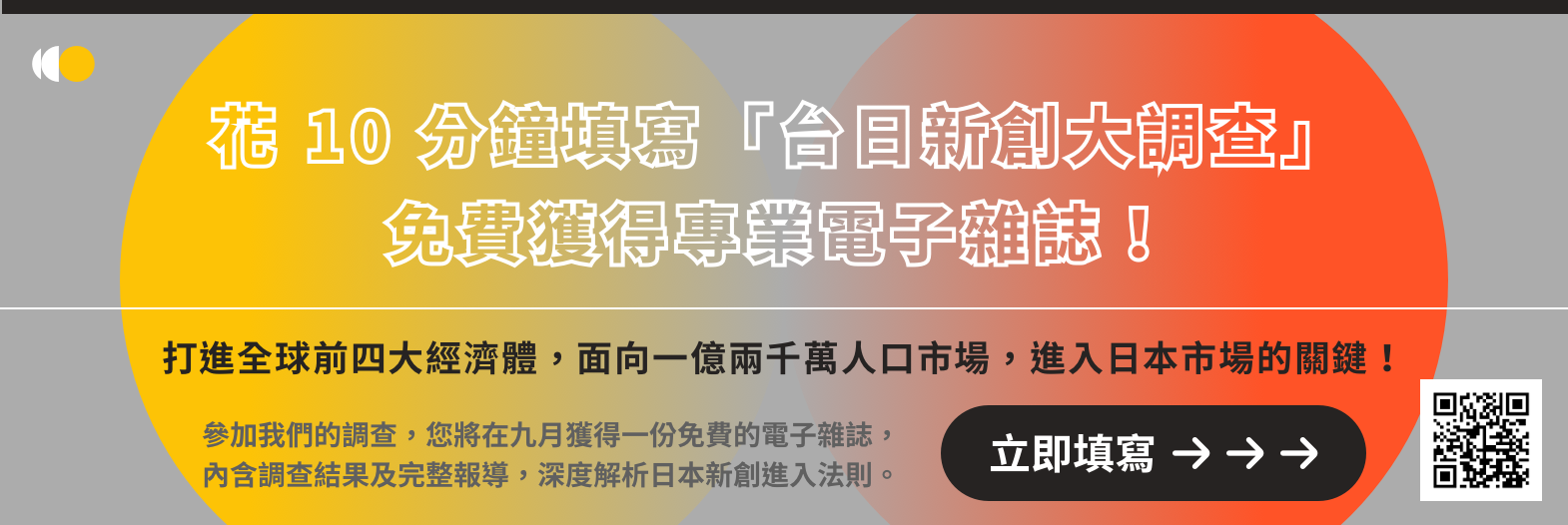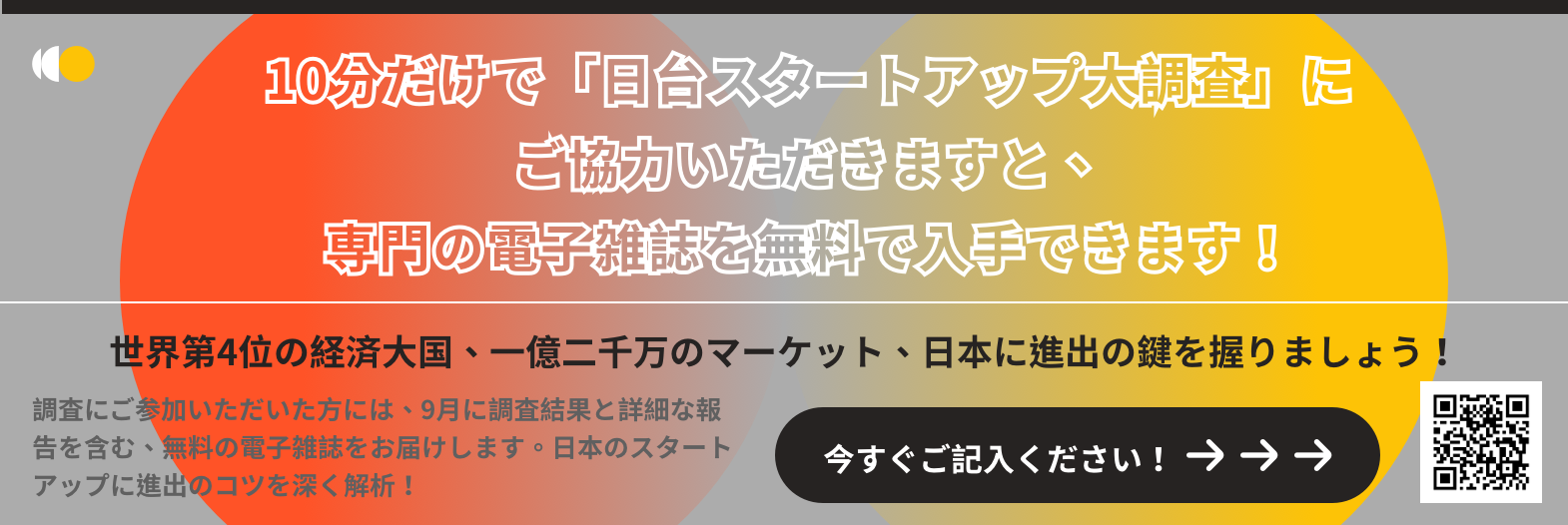Japan is a pretty cool country. It is conservative and self-sufficient. Its deeply rooted cultural style is what makes this country so special.
Looking back at its history, in order to consolidate its power, the Tokugawa shogunate cut off commercial trade with Spain and Portugal, plunging Japan into an era of isolation that lasted more than 200 years. After the United States opened Japan’s borders in 1854, Japan quickly modernized and became the first modern country in East Asia in a very short period of time.
“Japanese are good at imitating.” Yuma Saito, President of Deloitte Tohmatsu Venture Support, said. From a historical perspective, Japan has always been a "cramming-style student”, who can easily follow successful examples and turn them into something even better.
 Yuma Saito, President of Deloitte Tohmatsu Venture Support
Yuma Saito, President of Deloitte Tohmatsu Venture Support
Spirit of craftsmanship becomes a weakness
This kind of culture was very popular in the world that was dominated by manufacturing back in the 1980s. Japanese diligence, pursuit of perfection, adept in learning, imitation, and unity allowed their economy to be Number 1 after World War II. At that time, Japan's national power was so strong that the United States felt threatened. It is safe to say that through the spirit of craftsmanship, Japan has reached the top of the world.
However, this kind of craftsmanship seems a bit clumsy in the era of software innovation with rapid changes and inconsistent rules.
In a world with smartphones and high-speed Internet, new business models can be built on the existing hardware. For example, reservation APP can help with crowd flow problems in restaurants, AI assistance can help with basic errands. Businesses don’t need capitals from large trading companies to be successful anymore. A small team with just 2 people can take on the global market easily, as long as you have innovative ideas and strong business models.
Saito, who has years of experience in the international innovation ecosystem, said frankly, "We (Japan) are very quick to accept Western culture, and we were able to reach Number 1 globally 30 years ago. However, we fell from this title since there wasn’t any big role model that people could follow.” He laughed and said that Japanese creativity is only in animation, comics and new mascots, "we are not very good at creating new business ideas."
Where do revolutionary ideas come from? Global interactions, which is relatively lacking in Japan. Only when you step out of your home country and talk to people from around the world, you are able to create new ideas. Therefore, in this era where "new innovation" is the key to success, if Japan hopes to return to its Number 1 title, it is necessary to cooperate with foreign entrepreneurs.
Government spends money to cultivate new industries
Japan’s Prime Minister Fumio Kishida officially launched the "Five-Year Innovation Plan" in 2022. In order to create 100,000 startups and 100 unicorns with a market valuation of more than USD 1 billion within 5 years, Fumio Kishida's cabinet used up the 196 trillion yen (USD 1.45 trillion) pension fund, serves as a source of venture financing to support new ventures.
In a collective Japanese society, the government does have a strong role to shape its culture from top to bottom, but it’s not enough to change the habits of a society.
Saito said, "The government has the vision, but they don’t have enough resources to implement it.” Deloitte Tohmatsu Venture Support (DTVS) was established in 2010, and its services include coaching startups, consulting large enterprises, and helping the public sector practice its policy. Therefore, they become the government's support system to implement new startup projects. The Tokyo Metropolitan Government (TMG) is one of its partners.
There are about 200 experts within DTVS who specialize in research and analysis of successful foreign startup cases. Therefore, they can provide specific suggestions to the government by coaching new startups to improve their business problems, and even serve as a matchmaker role to promote cooperation between large enterprises and new startups.
As soon as Kishida launched his policy, local governments responded as well. As the capital of Japan, Tokyo has indeed become the place where the most resources have been poured into. TMG expects to invest 28.6 billion yen (approximately USD 100 million) in new business in 2024, an increase of 150% compared to the previous year's budget, and hopes that the budget will reach USD 1 billion within 5 years.
Sunrise chatted with a Kyushu local government official who actively promotes innovation policies and asked him about the differences in innovation development between his city and Tokyo. He laughed and said: "Tokyo is a universe with rich resources, connections and other ecology; we are just 1 person: small but very close.” The reason why Tokyo can become a “universe” came from the efforts of large corporations.
Tokyo’s Advantages: An amazing space for collaborations with large corporations
In Japan, for new companies to enter the market, they need the cooperation of large trading companies to gain market opportunities and brand trust. Tokyo is a huge city with a population of more than 13 million, and the real commercial fertile ground is concentrated in a small area within the city.


















